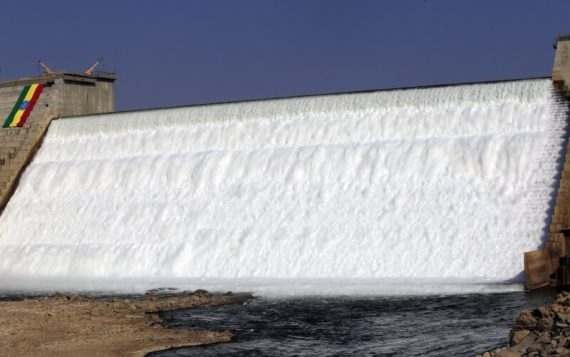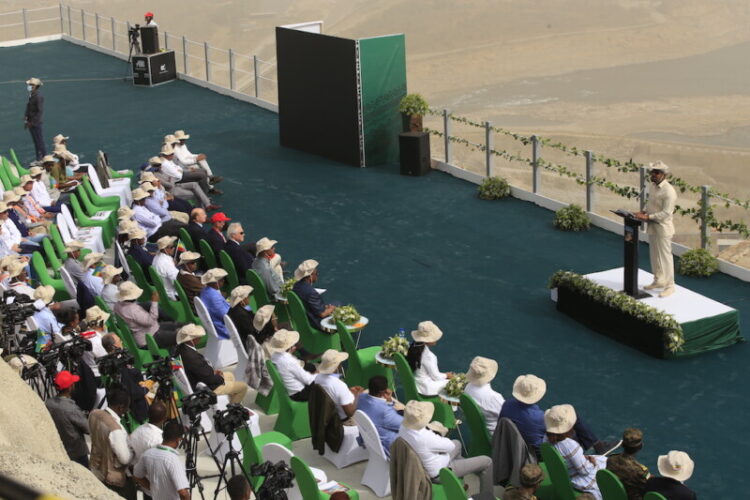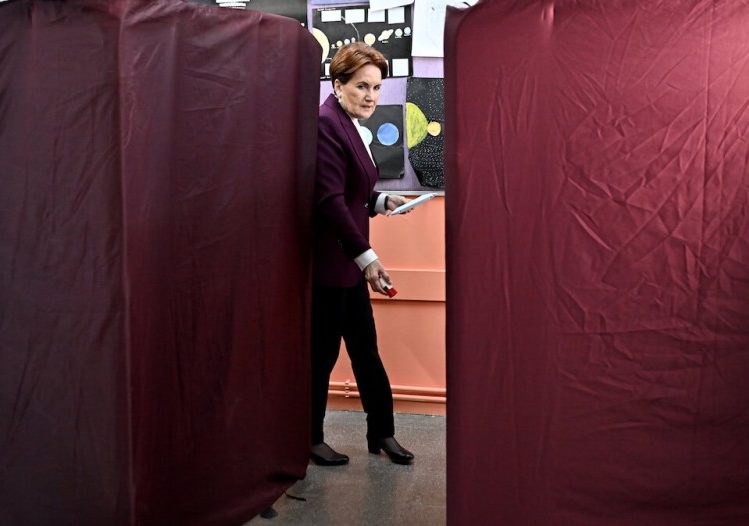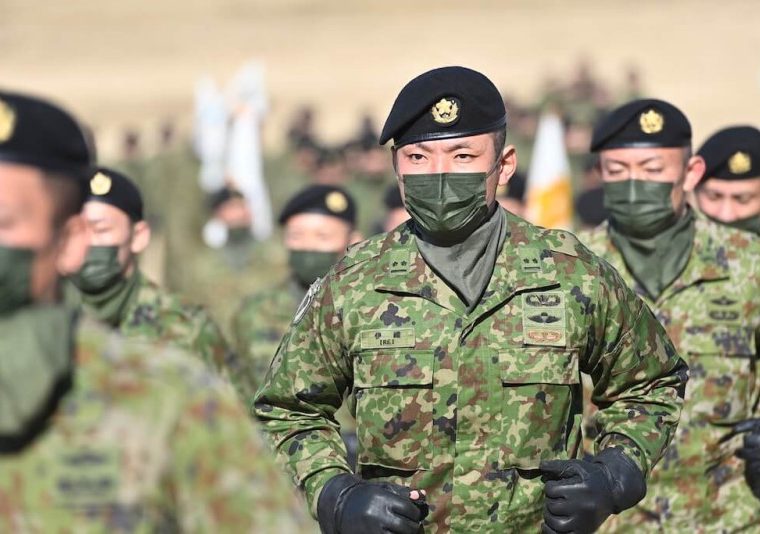A
gainst the backdrop of the Nile’s flowing currents, a complex struggle unfurls between Egypt and Ethiopia, each driven by their distinct needs and aspirations. As the Grand Ethiopian Renaissance Dam (GERD) nears completion, tensions rise, underscoring the challenge of balancing development and preservation in a region with scarce water supplies. The Nile River, one of the longest rivers in the world, passes through eleven different countries from south to north, and its appears that Ethiopia and Egypt are unwilling to share it. Egyptians cannot live without the Nile, and they depend on it completely for water. Ethiopia also needs GRED for development.
Throughout history, Egypt has had a profound connection to the Nile. The country consists of more than 90% desert and the Nile is called the “Gift of the gods.” At the same time, Ethiopia needs the Nile water to fill GERD and help the country supercharge its economy. More than 60% of Ethiopia is not connected to the power grid, which is something the government wants to change.
This is where the tension begins between the two countries. Mohammed Mahmoud, director of the Climate and Water Program at the Middle East Institute, warns, “Folks have never actually gone to war just because of water.” “Now, we could be at the point in history where that changes.”
What will Ethiopia gain from GERD?
With a budget of $4.2 billion, GERD is in the western Benishangul-Gumuz region and has been a source of contention between Ethiopia, Sudan, and Egypt since the beginning of its construction in 2011.
Sudan and Egypt fear the Ethiopian project could reduce their share of the Nile waters. Ethiopia insists the dam is the key to its economic development: the dam is Africa’s biggest hydroelectric project to date and is expected to generate over 5,000 megawatts of electricity, doubling the nation’s electricity output when it has been fully completed.
More than 60% of Ethiopians cannot access electricity. Prime Minister of Ethiopia Abiy Ahmed stated that “Ethiopia doesn’t have any intention to cause harm to Sudan and Egypt.” “But we also don’t want to live in darkness,” he added. Currently, 90% of construction has been completed.
How did the GERD project start?
In 1929, Britain was a colonial power in Africa and signed a treaty with Egypt granting Cairo the right to veto projects over the Nile that would affect its water share.
In 1959, another key agreement between Egypt and Sudan was reached, giving Egypt and Sudan the right to 55 and 18.5 billion cubic meters of Nile water, respectively, each year. Ethiopia was not consulted in this agreement.
In 1970, Egypt finished building its own massive dam which helped control flooding and utilized the Nile to boost its economy.
In 2011, the construction of GERD started by Ethiopia and Egypt’s Foreign Minister Mohamed Kamel Amr requested that the country halt the project because it poses a threat to Egyptians and their water security.
In March 2021, Egyptian President Abdel Fattah El-Sisi warned there would be severe regional consequences if Egypt’s water supply was affected by the giant hydropower dam built by Ethiopia.
El-Sisi said, “I’m not threatening anyone here, our dialogue is always reasonable and rational … I say once again, no one can take a drop from Egypt’s water, and if it happens, there will be inconceivable instability in the region.”
On August 12, 2022, Ethiopia completed the third filling of the Renaissance Dam. On July 9, 2023, Ethiopia delayed the fourth phase to September 2023. Originally, the fourth filling of the dam had been scheduled for early August. Prime Minister Ahmed said that “this year’s filling will be done differently from the previous three rounds by carrying the filling in such a way as to alleviate the concerns of the neighboring people.”
What has caused the Nile waters crisis?
Egypt is in the grip of a water crisis caused by an increasing population and a limited water supply. The country has less water per person each year and is already below the United Nation’s water poverty threshold. By 2025 the UN predicts that Egypt will be approaching an “absolute water crisis.” Climate change, poor water management, recurring droughts, and the new Ethiopian hydropower dam on the Nile River are worsening the water crisis in the country.
In a report by Fast Company Middle East, Mohamed El-Kamel, the managing director of Alashanek ya Balady Association for Sustainable Development (AYB-SD), mentions a combination of factors that make Egypt susceptible to drought such as diminished rainfall, exacerbated by the increase in greenhouse gas emissions which leads to elevated temperatures. These changes also contribute to a shift in the distribution path of water. The escalating temperatures and impacts of climate change further cause water evaporation and decrease the water levels in Egypt’s lakes and rivers.
Depending solely on the Nile presents a heightened challenge in mitigating water scarcity for the country. The shrinking of the Nile is a result of increasing temperatures and prolonged drought periods. During the Cairo Water Week, Egypt’s Minister of Water Resources and Irrigation Dr. Hani Sewilam underscored the country’s significant reliance on the Nile for nearly 97% of its irrigation and drinking water, outlining the interconnected transboundary risks.
Egypt is deeply concerned by the Grand Ethiopian Renaissance Dam (GERD) in terms of its water security. According to Dr. Sherine Ahmed El Baradei, associate professor at the Civil Engineering Program at the German University in Cairo, “Filling the reservoir over a more extended period would be a beneficial approach, as Ethiopia’s reservoir filling every five to seven years could lead to a reduction of Egypt’s water share by approximately 12 to 25% during the filling period.”
How to solve the water crisis
With a population that exceeds 109 million now, Egypt’s population is predicted to more than double within 50 years. The population problem is exacerbated by a lack of natural resources and habitable space, although Egypt extends over one million square kilometers. Most Egyptians live in just 7% of the country, mainly along the Nile and the Nile Delta. Due to overpopulation, the government began a family planning campaign to reduce birth rates and control overpopulation, dubbed “Two children are enough.” The government believes that this campaign will be a solution to Egypt’s pending water crisis.
Rice plays an important role in Egyptian cuisine with annual rice consumption standing at 67.5 kg per capita. Egypt switched from a rice exporter to a rice importer following governmental measures reducing rice-cultivated areas due to the water shortage crisis. According to the Global Agricultural Information Network (GAIN), the country approved a law to circumvent illegal rice cultivation.
If a farmer is found to be planting rice outside of the allotted rice growing area set by the government, they could face a fine ranging from EGY 3,000 to EGY 10,000, or face a maximum six-month prison sentence. This was another government measure to combat water scarcity.
Due to climate change, increasing human population pressure, and Ethiopia constructing a giant hydropower dam on the Nile, Africa is facing a water crisis. However, this crisis poses particular challenges for Egypt as the river provides nearly all Egyptians with drinking water. Without water, there can be no Egypt. As part of Egypt’s national strategy to improve accessibility to drinking water, a seawater desalination plant in New Mansoura recently began operations. The project is a part of the first phase of Egypt’s strategy which aims to build 21 seawater desalination plants that will reduce water extraction from the Nile.
The proposed desalination plants will be able to provide the water-stressed nation with an additional 3.3million m3/d of water that can be used to irrigate crops or for public water supply. Once the second phase is completed, the plants are expected to increase the country’s desalination capacity by 8.8 million m3/d at a total cost of $8 billion.
Recommended
Is a water crisis imminent?
The citizens of Ethiopia are suffering from lack of electricity and hope to remedy this with the Rennaisance Dam. Furthermore, the completion of the Renaissance Dam will boost Addis Ababa’s economy by exporting electricity. However, countries like Egypt, at the end of the trail that receives the water, are worried about not having enough water to survive.
Egyptians have always depended on the Nile for their survival. Meanwhile, the construction of Ethiopia’s dam is currently 90% complete, and many meetings, agreements, and discussions between Ethiopia, Egypt, and Sudan have been held with no mutual agreements.
Egypt and Ethiopia are unlikely to budge as both countries want what is best for their future. At the same time, Egyptians and Ethiopians want a suitable alternative to the impasse – and the sooner the better.






